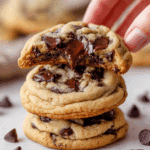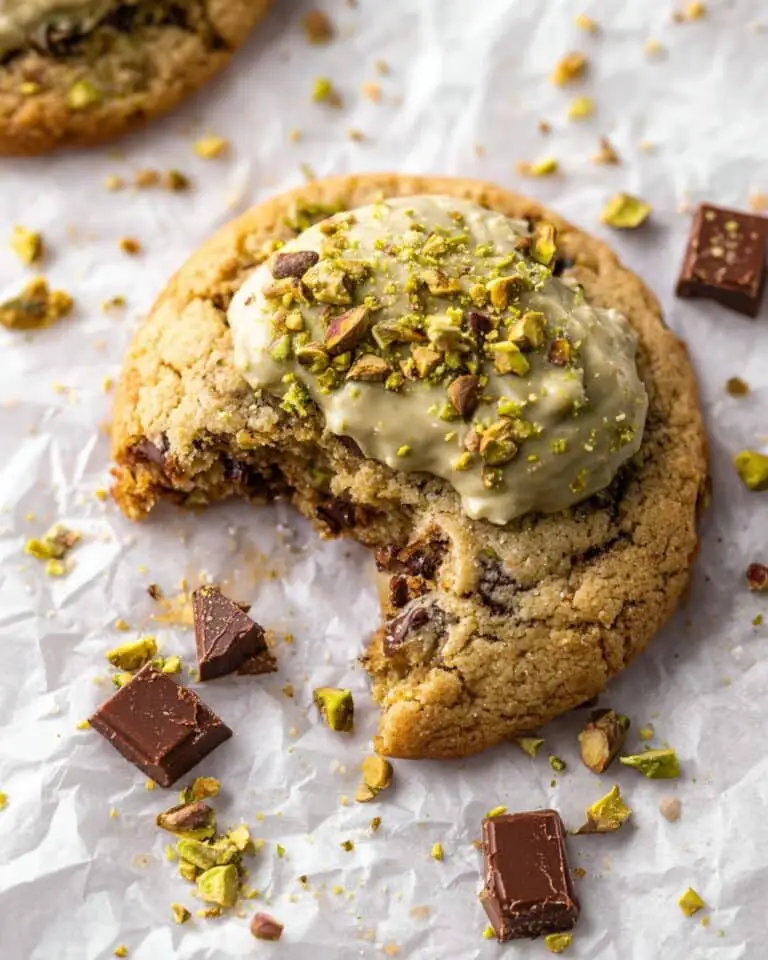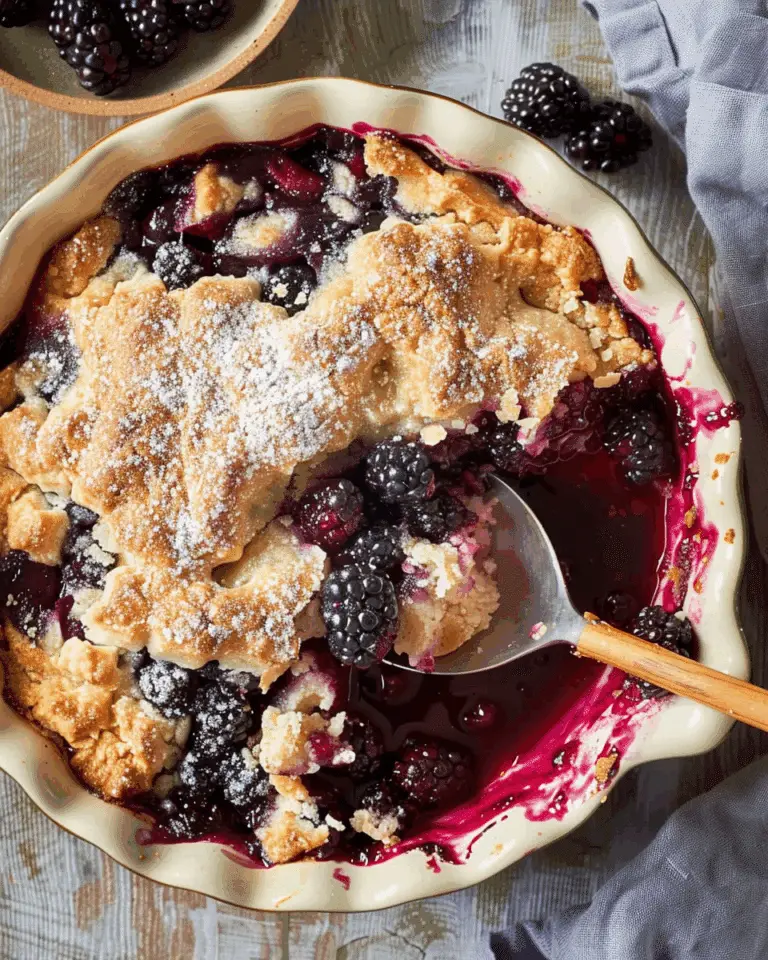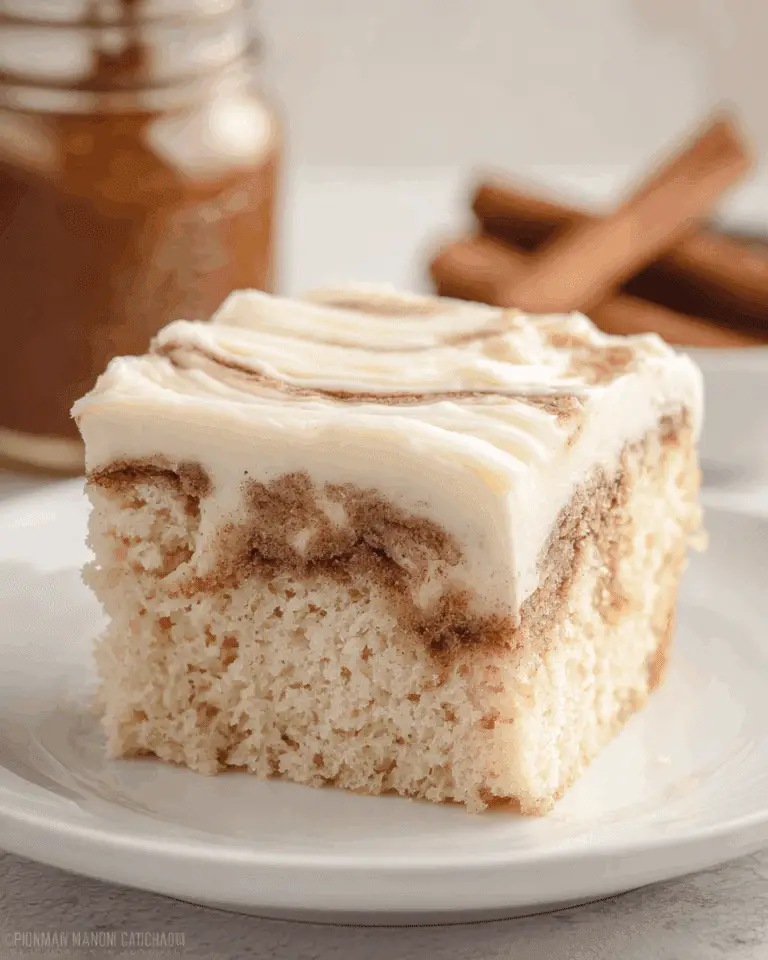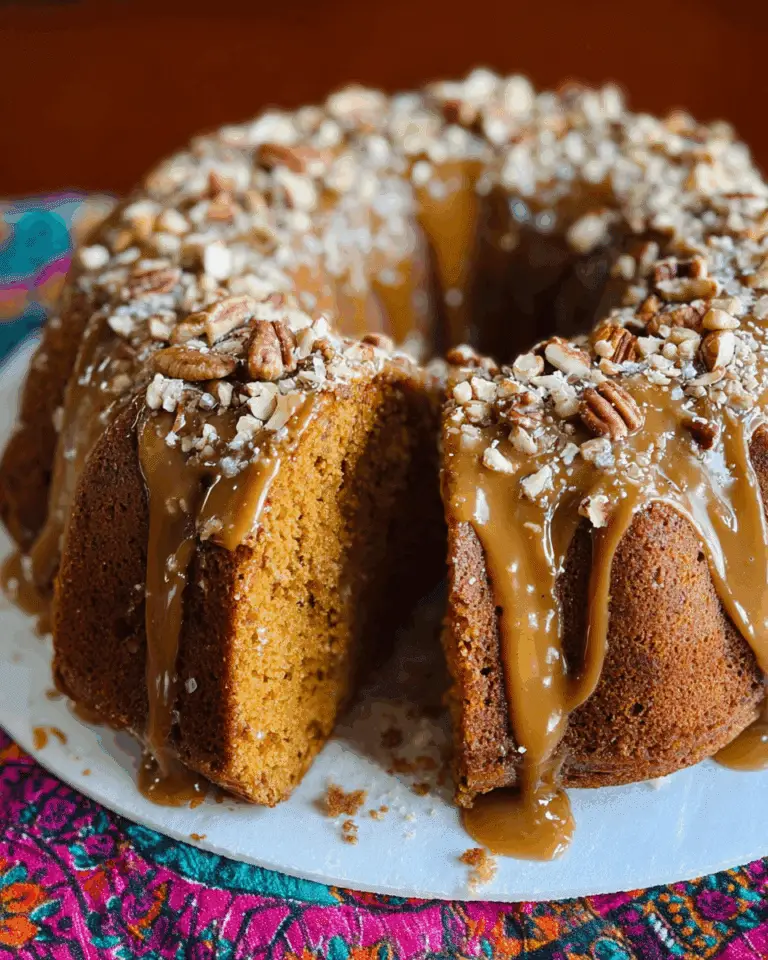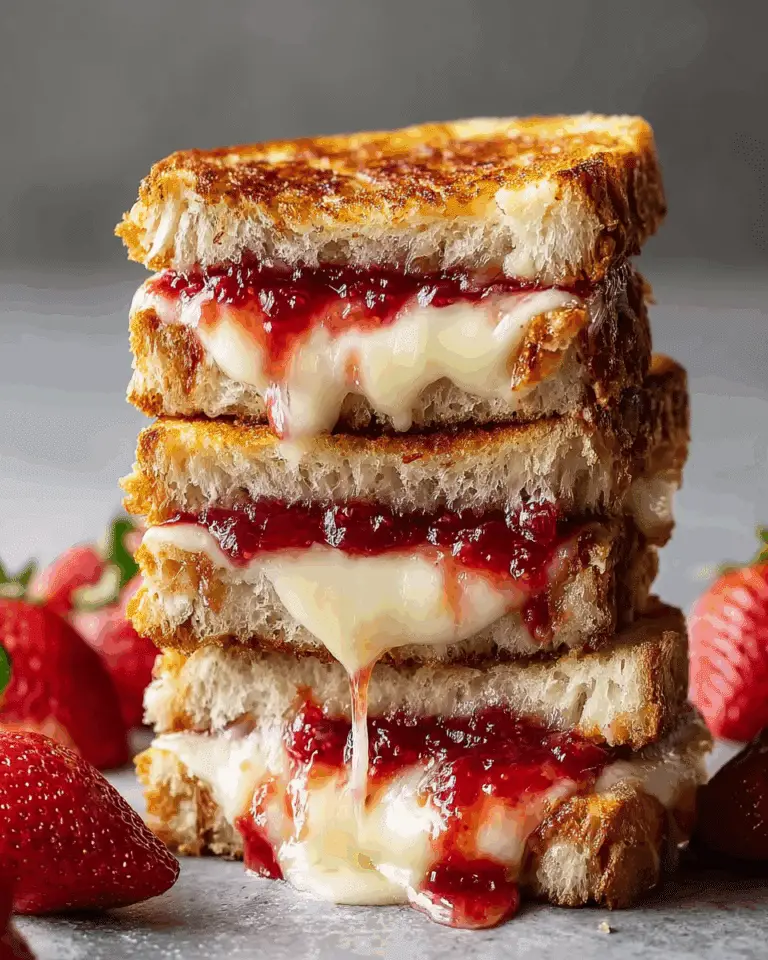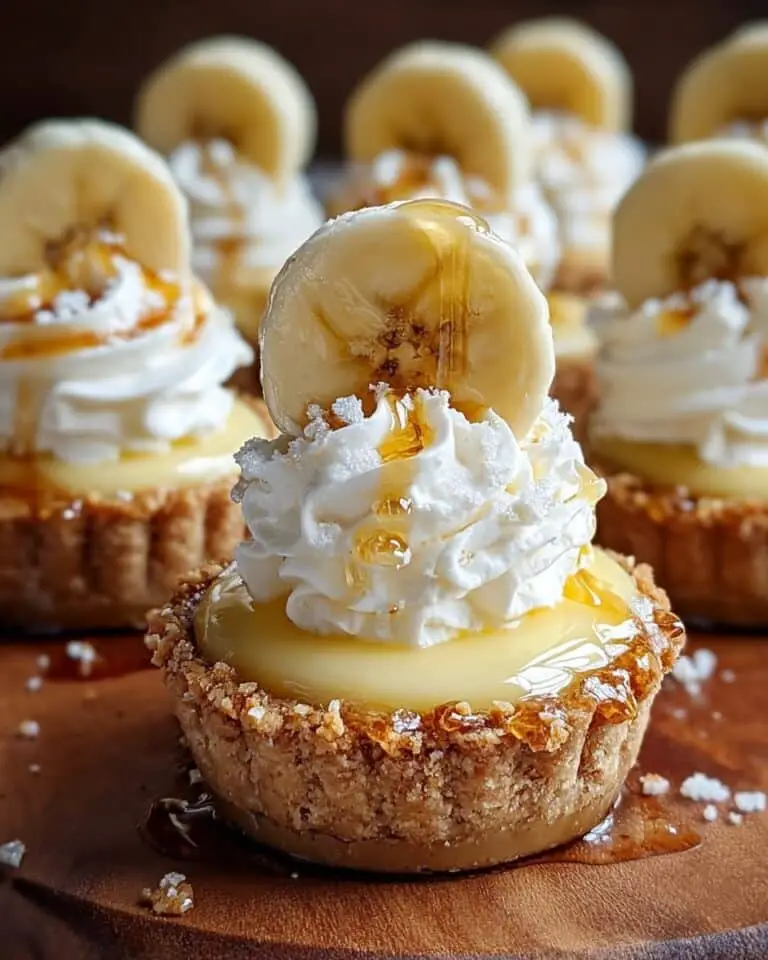If there’s one treat that makes the winter holidays truly magical, it’s Lebkuchen (German Spice Cookies). These aromatic and chewy cookies have a centuries-old tradition in German baking, blending honey, brown sugar, candied citrus, and signature spices into bite-sized wonders. Whether you grew up nibbling them by a tree or are simply looking for a festive new baking adventure, this Lebkuchen (German Spice Cookies) recipe delivers warmth, nostalgia, and utter deliciousness in every bite.
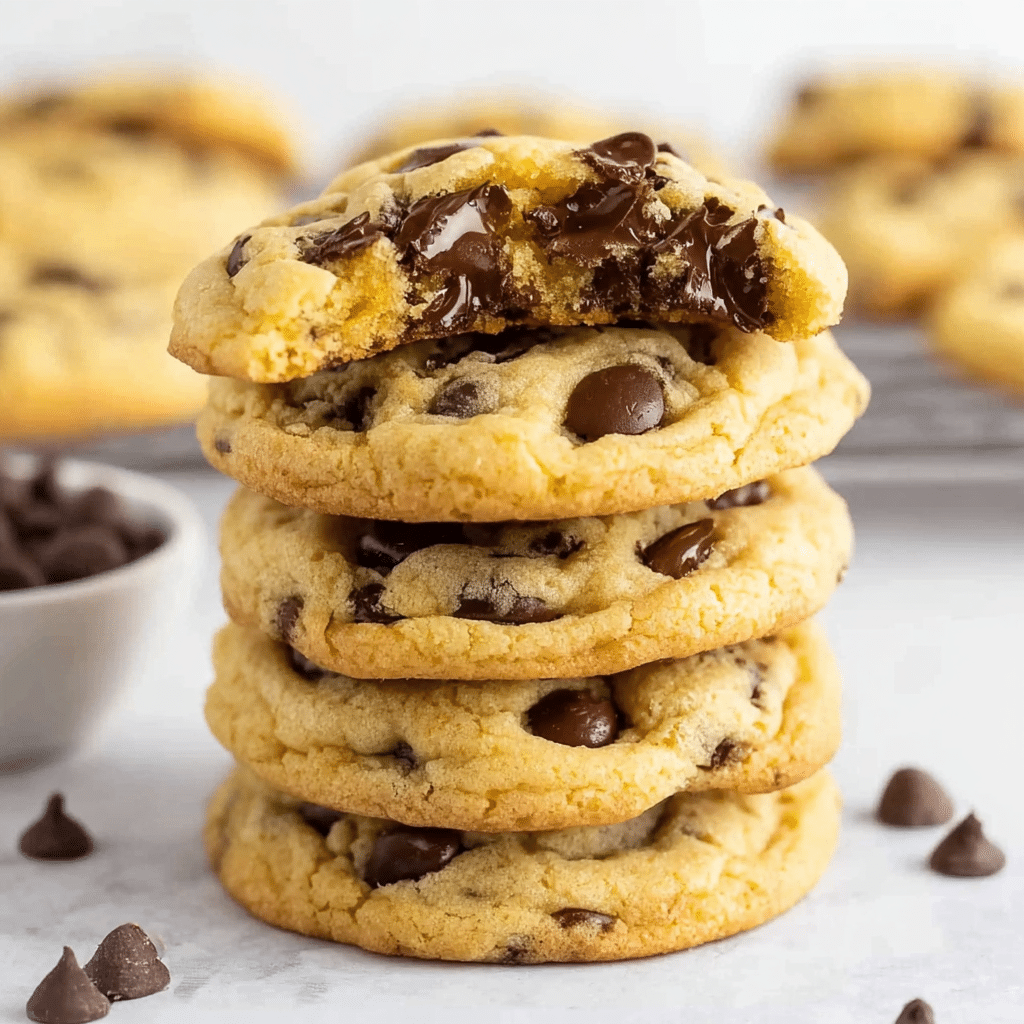
Ingredients You’ll Need
The beauty of this recipe lies in its simplicity, yet each ingredient brings something special—a little crunch, a burst of citrus, the depth of fragrant spices. Even if your pantry isn’t as well-traveled as an old-world German bakery, you’ll find these essentials easy to source and utterly worth it.
- All-purpose flour: The reliable backbone for the perfect cookie texture—sturdy enough to hold all the good stuff together.
- Baking soda: Lifts the dough just enough to keep things light but not cakey.
- Cinnamon: The spice you’ll smell first—a true classic in Lebkuchen (German Spice Cookies).
- Ground cloves: Adds warmth and a touch of peppery intrigue.
- Allspice: A pinch for complexity, rounding out the spice profile beautifully.
- Nutmeg: For an extra cozy, slightly sweet undertone.
- Salt: Essential for balancing sweetness and enhancing all the flavors.
- Honey: The heart of Lebkuchen, offering natural sweetness and chewiness.
- Brown sugar: Brings depth of flavor and a soft, tender crumb.
- Egg: Binds everything together for a smooth, cohesive dough.
- Chopped almonds or hazelnuts: Lend a nutty crunch—roast them first for extra flavor.
- Chopped candied orange or lemon peel: A traditional zingy accent—you can use both for a citrusy blend.
- Powdered sugar: The base for a glossy glaze that sets into a sweet shell.
- Water or lemon juice: Adjusts the glaze to your desired tanginess—lemon juice is especially bright and fresh.
How to Make Lebkuchen (German Spice Cookies)
Step 1: Whisk the Dry Ingredients
Start by adding all the dry ingredients—flour, baking soda, cinnamon, cloves, allspice, nutmeg, and salt—into a medium mixing bowl. Whisk them together well so that the spices are evenly distributed. This is where the flavor foundation of your Lebkuchen (German Spice Cookies) is built, so be generous with the whisking to ensure every bite tastes just right.
Step 2: Melt Honey and Brown Sugar
In a small saucepan, gently heat the honey and brown sugar, stirring constantly until the sugar dissolves into the honey. Be careful not to let it boil; you want a smooth, golden syrup. Let this mixture cool for a few minutes before moving on—trust me, patience here means you don’t cook the egg in the next step!
Step 3: Make the Dough
Pour the slightly cooled honey mixture into a large mixing bowl. Beat in the egg until everything is beautifully combined. Now, slowly add the dry ingredients from earlier, stirring continuously. Add the chopped nuts and candied peel and mix just until a sticky, aromatic dough forms. This dough is delightfully fragrant and thick—it should cling together but will still be a bit tacky to the touch.
Step 4: Chill the Dough
Cover the bowl tightly with plastic wrap and refrigerate the dough for at least 2 hours, but overnight is even better. Chilling allows the flavors to meld and makes the dough much easier to roll. This step is non-negotiable and truly transforms your Lebkuchen (German Spice Cookies) from good to irresistible.
Step 5: Shape and Bake
Preheat your oven to 350°F (175°C) and line your baking sheets with parchment paper. Roll the chilled dough into 1 1/2-inch balls and place them about 2 inches apart so they have room to spread. Gently flatten each ball with your fingers to give them their classic shape. Bake for 10-12 minutes, watching for lightly golden edges. Let the cookies cool for 5 minutes on the tray before transferring them to a wire rack.
Step 6: Glaze the Cookies
While the Lebkuchen cool, whisk together powdered sugar with water or (for extra zing) lemon juice until you have a smooth, pourable glaze. Brush or spoon the glaze over the cooled cookies, letting it drip casually down the sides. Allow the glaze to set before stacking or storing—if you can resist sneaking a taste, that is!
How to Serve Lebkuchen (German Spice Cookies)
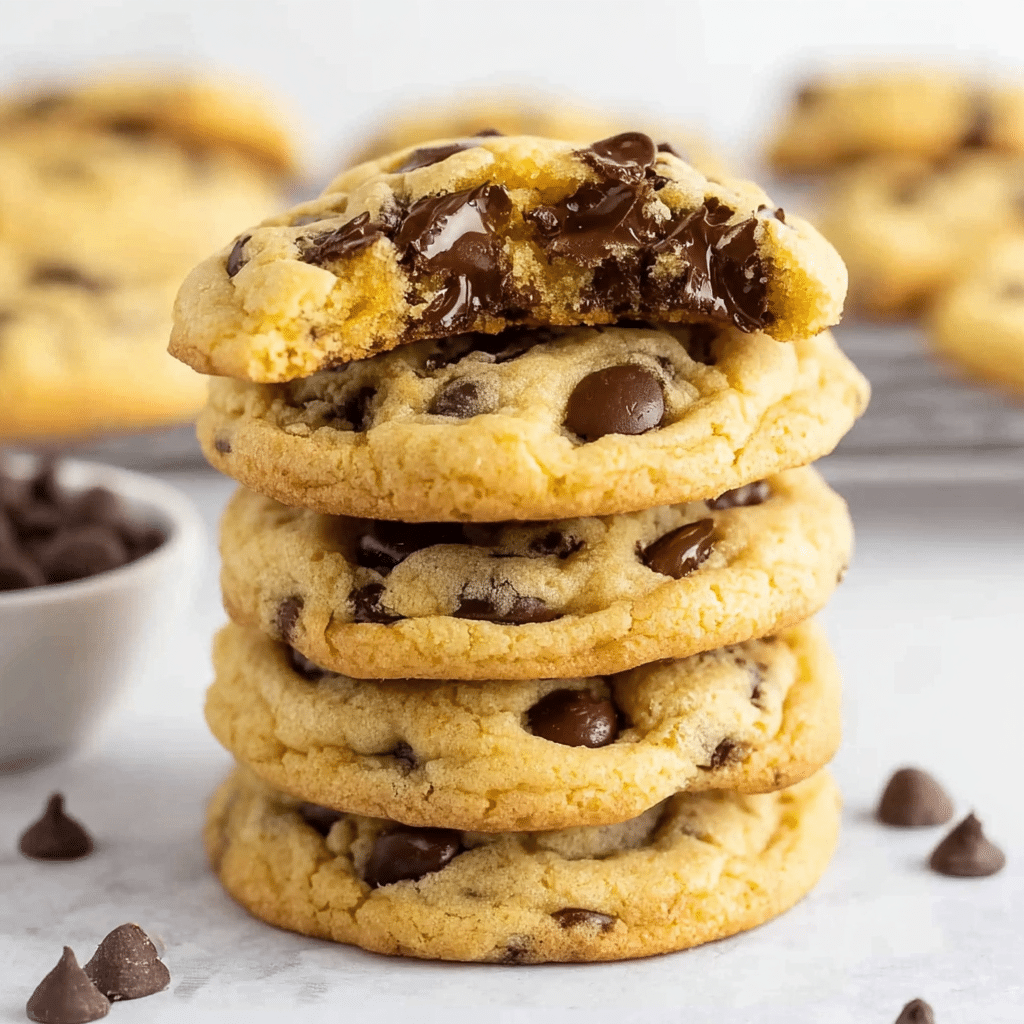
Garnishes
A simple glaze is classic, but there’s room to get creative! For a festive touch, sprinkle the wet glaze with extra chopped candied peel, chopped toasted nuts, or even a dash of cinnamon. A few whole blanched almonds pressed gently onto the tops before baking are also a traditional and beautiful finish.
Side Dishes
Lebkuchen (German Spice Cookies) pairs wonderfully with afternoon tea, holiday coffee, or even a mug of mulled wine. For something heartier, serve alongside a fruit compote or with a soft cheese platter—surprisingly, the spices and sweetness work with savory elements too!
Creative Ways to Present
Pack a bundle of Lebkuchen (German Spice Cookies) in clear bags tied with ribbon for homemade gifts, or stack them high on your favorite holiday serving platter. For parties, offer them alongside marzipan, dark chocolate, and gingerbread men for an irresistible cookie buffet. Arrange the cookies in a wreath shape on a platter and dust with powdered sugar “snow” for a showstopping centerpiece.
Make Ahead and Storage
Storing Leftovers
Lebkuchen (German Spice Cookies) actually improve with time. Store them in an airtight container at room temperature, and they’ll stay moist for up to two weeks. As the days pass, the flavors deepen and the texture becomes dreamily tender—so don’t rush to eat them all at once!
Freezing
If you want to make a batch ahead for gift-giving or future snacking, Lebkuchen (German Spice Cookies) freeze beautifully. Layer the cooled, unglazed cookies in freezer-safe containers with parchment between each layer and freeze for up to three months. Glaze after thawing for the freshest look and taste.
Reheating
Warmed cookies aren’t traditional, but if you love a just-baked feel, you can pop a cookie in the microwave for 5-10 seconds. This brings out the spices and makes the honey aroma bloom. If you’ve frozen your cookies, allow them to come to room temperature before glazing or serving.
FAQs
Can I use different nuts or leave them out?
Absolutely! Chopped walnuts, pecans, or pistachios would work well, or you can omit the nuts completely for a smoother cookie. Traditional Lebkuchen (German Spice Cookies) often use almonds or hazelnuts, but feel free to customize to your liking.
Do I need candied citrus peel, or can I substitute?
If you don’t have candied orange or lemon peel, you can use dried fruit like apricots or even raisins, finely chopped. The candied peel adds classic flavor, but substitutions work in a pinch—just try to keep some fruity brightness in the dough.
What does chilling the dough do?
Chilling not only makes the dough easier to handle, but it gives the flavors in Lebkuchen (German Spice Cookies) time to develop, resulting in richer, more pronounced spice notes. It’s worth the wait for cookies that sing with taste and aroma!
Can I make these gluten-free?
You can try swapping the all-purpose flour for a gluten-free blend—just make sure it contains xanthan gum or a similar binder so the dough holds together. The texture may be slightly different, but the cookies will still be delicious.
Why do Lebkuchen sometimes taste better after a few days?
The spices, honey, and citrus meld wonderfully as they rest, leading to a more balanced and deeply flavorful cookie. Many bakers purposefully stash Lebkuchen (German Spice Cookies) away for a few days before serving for this reason!
Final Thoughts
So whether you’re baking for holiday gatherings, gift boxes, or simply to fill your kitchen with the scent of winter spices, Lebkuchen (German Spice Cookies) are truly special. Give them a try—you just might find they become one of your favorite festive traditions, year after year.
PrintLebkuchen (German Spice Cookies) Recipe
These Lebkuchen, traditional German spice cookies, are a delightful treat perfect for the holiday season. They are sweetened with honey and brown sugar, spiced with cinnamon, cloves, and nutmeg, and topped with a simple glaze for a touch of sweetness.
- Prep Time: 25 minutes
- Cook Time: 12 minutes
- Total Time: 2 hours 37 minutes
- Yield: 24 cookies
- Category: Dessert
- Method: Baking
- Cuisine: German
- Diet: Vegetarian
Ingredients
For the Dough:
- 2 1/4 cups all-purpose flour
- 1/2 teaspoon baking soda
- 1 teaspoon cinnamon
- 1/2 teaspoon ground cloves
- 1/2 teaspoon allspice
- 1/2 teaspoon nutmeg
- 1/4 teaspoon salt
- 3/4 cup honey
- 1/2 cup brown sugar
- 1 large egg
- 1/4 cup chopped almonds or hazelnuts
- 1/4 cup chopped candied orange or lemon peel
For the Glaze:
- 1 cup powdered sugar
- 2–3 tablespoons water or lemon juice
Instructions
- Prepare the Dough: In a bowl, whisk together the flour, baking soda, cinnamon, cloves, allspice, nutmeg, and salt.
- Mix the Wet Ingredients: In a saucepan, gently heat the honey and brown sugar until dissolved. Let it cool slightly. In a large bowl, combine the honey mixture with the egg.
- Combine and Chill: Add the flour mixture, nuts, and candied peel to the wet ingredients, stirring until a sticky dough forms. Cover and chill for at least 2 hours or overnight.
- Bake the Cookies: Preheat oven to 350°F (175°C). Roll the dough into balls, flatten slightly, and place on prepared sheets. Bake for 10-12 minutes until lightly golden.
- Glaze the Cookies: Whisk powdered sugar with water or lemon juice until smooth. Brush over cooled cookies and let set before serving.
Notes
- For extra authenticity, use ground gingerbread spice (Lebkuchengewürz) if available.
- Store in an airtight container; these cookies taste better after a few days as the flavors deepen.
Nutrition
- Serving Size: 1 cookie
- Calories: 120 kcal
- Sugar: 10g
- Sodium: 50mg
- Fat: 2.5g
- Saturated Fat: 0.5g
- Unsaturated Fat: 1.5g
- Trans Fat: 0g
- Carbohydrates: 23g
- Fiber: 1g
- Protein: 2g
- Cholesterol: 10mg

